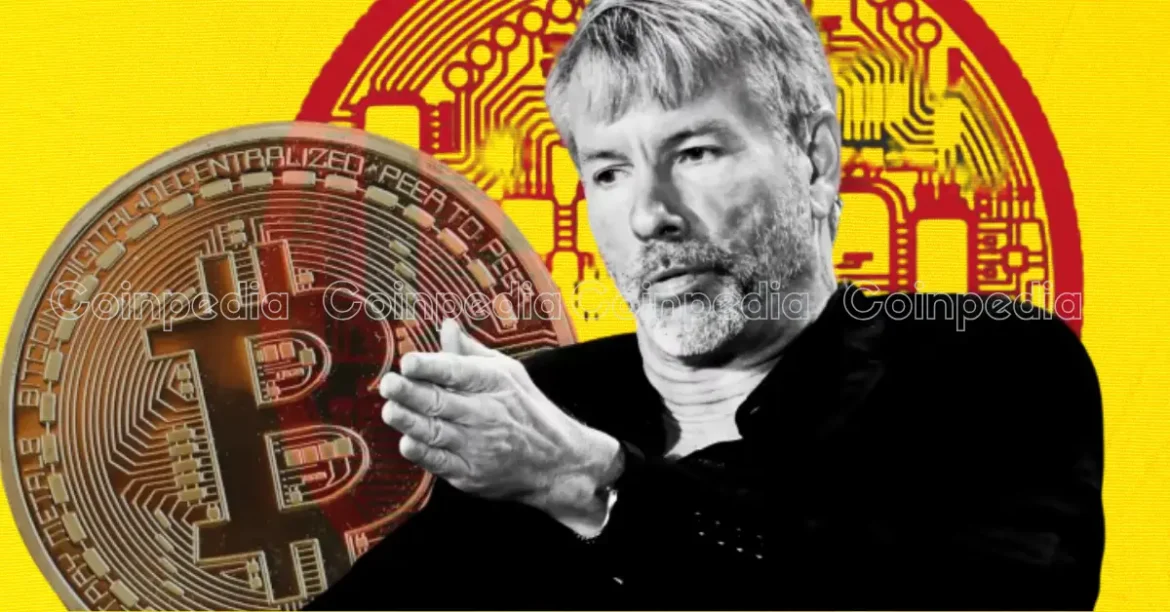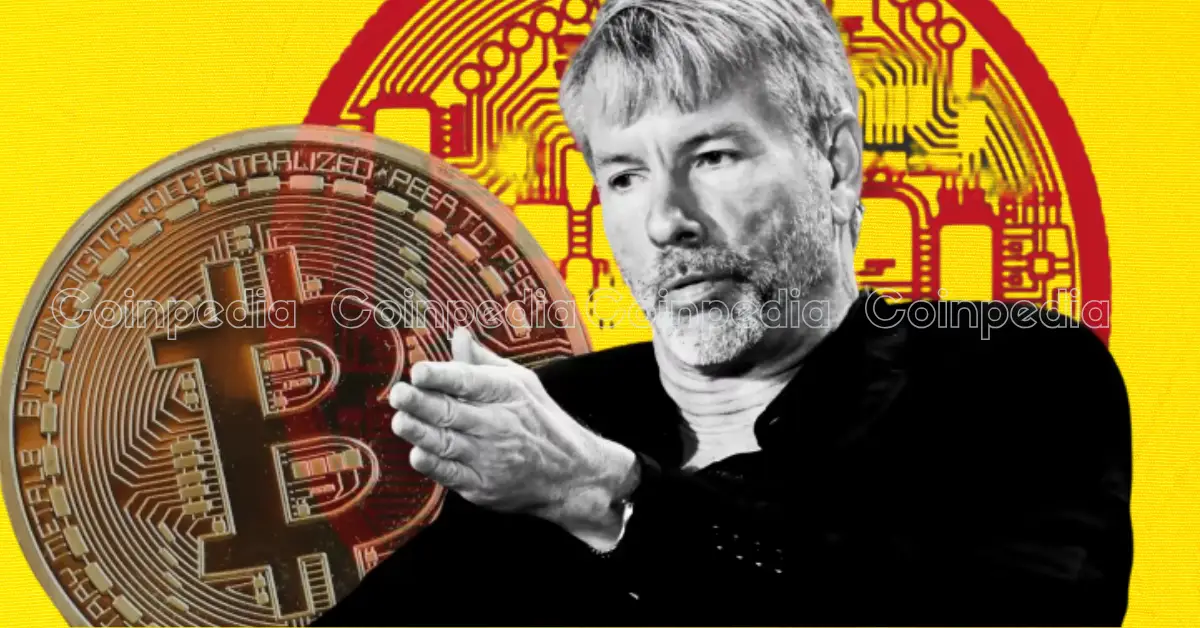Michael Saylor’s Proclamation: “No One Has Ever Lost Money Buying Bitcoin”
=======================================================================
Michael Saylor, the executive chairman and founder of Strategy (formerly MicroStrategy), has recently reignited attention in the cryptocurrency world by boldly stating that “no one has ever lost money buying Bitcoin.” This declaration comes amidst an unprecedented moment: reports indicate that 100% of Bitcoin wallets are currently profitable. Coupled with Bitcoin surging past historic milestones—such as surpassing $111,800—Saylor’s statement taps into a growing confidence in Bitcoin’s resilience and long-term value. To fully comprehend this claim, it is crucial to parse Saylor’s perspective, understand the market context, and scrutinize the nuances of Bitcoin’s profitability.
The Context of Universal Profitability
————————————–
The statistics being cited suggest that every Bitcoin address, from long-term holders to more recent buyers, is currently “in the green.” This universal profitability status is extraordinarily rare in any asset class. It means for now, the market value of all Bitcoin held exceeds the price at which it was acquired by those holders. Many attribute this to Bitcoin’s sustained bull run—highlighted by a 115% growth in 2024 alone—and the remarkable recovery from various dips, such as the brief slide to $106,000, rebounding swiftly to new highs.
Saylor’s argument draws from long-term perspectives. He has emphasized in interviews and public statements that when Bitcoin is held for an extended period—specifically over four years—it has never resulted in a loss for any owner. This evolutionary timeframe is key. Rather than framing Bitcoin as a quick-profit or speculative asset, Saylor pushes the narrative of Bitcoin as a durable store of value, akin to digital gold, that withstands market volatility given sufficient patience.
Deconstructing the Claim: “No One Has Ever Lost Money”
——————————————————-
While the idea of universal profitability is captivating, it demands critical examination. Historically, Bitcoin’s price has experienced wild volatility, with multi-year bear markets and sharp crashes wiping immense paper value off investor holdings. Short-term traders, especially those who bought at local peaks and sold during downturns, have unquestionably realized losses. Moreover, the presence of margin trading and leveraged positions has meant that many investors have been liquidated at losses.
Saylor’s statement therefore is best understood as a belief in Bitcoin’s long-term upward trajectory rather than a literal truth that every single buyer has profited. His focus on the four-year holding period underscores that those who endure Bitcoin’s infamous price swings for an extended timeframe have historically been rewarded. This long-term buy-and-hold strategy reflects a patient investment mindset that contrasts sharply with the volatile and sometimes frantic trading behavior seen in the crypto space.
MicroStrategy’s Role and Saylor’s Personal Bitcoin Commitment
————————————————————-
Michael Saylor is not just a vocal Bitcoin advocate; he represents perhaps one of the most aggressive institutional investors in Bitcoin. MicroStrategy, his company, has accumulated enormous Bitcoin holdings: over 279,000 BTC valued at approximately $23 billion at current market rates. Saylor himself reportedly holds personal Bitcoin worth over $1 billion. This massive commitment includes taking on debt; for instance, MicroStrategy has borrowed $2.2 billion at favorable interest rates to fund Bitcoin purchases, exemplifying a high-risk, high-reward strategy.
This approach illustrates unequivocally that Saylor’s confidence in Bitcoin as a store of value goes beyond rhetoric—it is a foundational pillar of Strategy’s corporate strategy. Despite criticism and the company facing significant unrealized losses (a $5.9 billion paper loss was reported in Q1 2025 following an accounting change), Saylor remains focused on the potential for multi-fold future returns, even imagining Bitcoin reaching valuations in the millions per coin over decades.
The Broader Market and Psychological Impact
——————————————–
Saylor’s statements arrive in a crypto market still grappling with past shocks such as the FTX collapse and regulatory uncertainties. His bullish stance provides a psychological anchor for investors, promoting narratives of resilience and inevitable appreciation. By asserting that “no one has ever lost money holding Bitcoin for four years,” he encourages a patient, long-term investment horizon and counters the often panic-driven, short-term sentiment shifts in crypto.
His message dovetails with observed market trends—where Bitcoin’s measured adoption, increasing institutional interest, and fixed supply continue to build compelling buy cases against inflation and traditional fiat erosion. Furthermore, the universal profitability statistic, while temporally fleeting and subject to market cycles, bolsters arguments that Bitcoin’s network effect and value proposition grow stronger with time and adoption.
Considerations and Caveats
—————————
– Short-Term vs. Long-Term: Not all Bitcoin buyers have profited in the short term, particularly traders who entered during peak hype cycles and sold amid downturns. Losses do occur in trading and occasional forced liquidations.
– Wallet Profitability Does Not Equal Realized Gains: The measure of wallet profitability reflects current market value exceeding purchase prices but does not confirm that holders have sold at a gain or intended to sell at all.
– Market Volatility: Despite current gains, Bitcoin remains susceptible to regulatory changes, macroeconomic pressures, and market sentiment shifts that could challenge this profitability.
– Accounting and Reporting: Strategy’s unrealized loss due to accounting changes underscores that value on paper can fluctuate significantly without immediate liquidity impact.
Conclusion: A Bold Narrative Anchored in Long-Term Vision
———————————————————
Michael Saylor’s declaration that “no one has ever lost money buying Bitcoin” is less a literal statistical fact and more a powerful narrative about Bitcoin’s potential as a long-term investment. This framing highlights how patient holders have fared remarkably well over time, reinforcing Bitcoin’s role as an inflation-resistant, enduring asset. The present moment, with all Bitcoin wallets reportedly profitable, provides a unique and optimistic snapshot of the crypto landscape.
However, investors must engage this narrative critically, understanding the nuances of market cycles, short-term volatility, and behavioral dynamics in crypto investing. Saylor’s personal and corporate staking of billions in Bitcoin signals a profound faith in the asset’s future, substantially influencing institutional attitudes and retail sentiment alike.
Ultimately, Saylor’s message galvanizes a vision of Bitcoin as more than a speculative gamble—a digital treasury asset that rewards steadfast belief and long-term holding through turbulent markets, making it a pioneering financial phenomenon in the 21st century.





